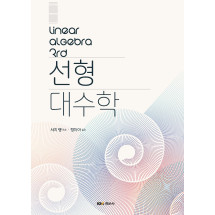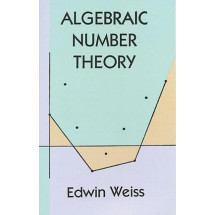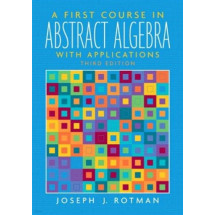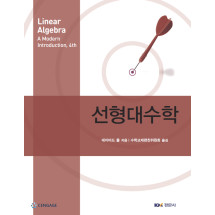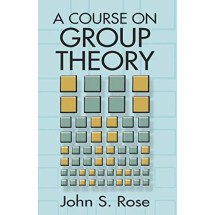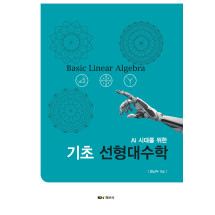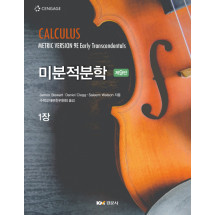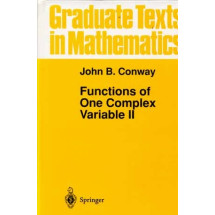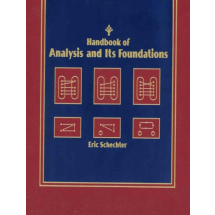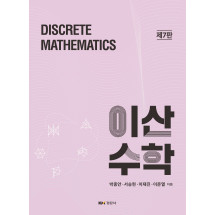Preface
1. Finite-dimensional C*-algebra homomorphisms
1.1. Standard subalgebras
1.2. General star subalgebras
1.3. Inner conjugacy of star homomorphisms
1.4. On choosing a matrix unit system (m.u.s)
1.5. On refining a matrix unit system
2. Limit algebras
2.1. Tridiagonal matrix algebra system
2.2. The compact operators as a limit algebra
2.3. Standard Glimm algebras
2.4. Isomorphism of limit algebras
2.5. Glimm algebras
2.6. Standardisation of Glimm algebras
2.7. Stationary Bratteli diagram
3. Glimm algebras
3.1. Nearby projection lemma
3.2. Almost inclusion of finite-dimensional C*-algebras
3.3. Classification of Glimm algebras
3.4. Intrinsic characterisation of Glimm algebras
3.5. Close projections are equivalent
3.6. Close m.u.s.'s are conjugate
4. Inductivity
4.1. {-63}actual symbol not reproducible C, the projection onto a regular canonical masa
4.2. Inductive subspaces relative to {B{-63}subscript k }
4.3. Closed ideals are inductive
4.4. Glimm algebras are simple
4.5. Inductivity of commutants {-63}actual symbol not reproducible
4.6. {-63}actual symbol not reproducible projections for the chain {-63}actual symbol not reproducible
4.7. C-bimodules are inductive
4.8. P is faithful
4.9. Canonical subalgebras and regular embeddings
4.10. Singular masas and nonregular embeddings
5. Topological equivalence relations
5.1. {-63}actual symbol not reproducible , the topological equivalence relation of a m.u.s
5.2. Example (refinement limits)
5.3. Isomorphic relations imply isomorphic algebras
5.4. The normalising semigroup N{-63}subscript C (B)
5.5. Structure of N{-63}subscript C (B)
5.6. R(B) is equal to {-63}actual symbol not reproducible
5.7. Regular canonical masas are conjugate
6. Diverse limit algebras
6.1. Refinement limit algebras
6.2. Standard limit algebras
6.3. Alternation limit algebras
6.4. Nest embeddings
6.5. Ordered Bratteli diagrams
6.6. Infinite tensor products
6.7. Digraph matrix algebras
6.8. Strongly regular embeddings
6.9. Nonregular limit algebras
7. Topological binary relations
7.1. A characterisation of N{-63}subscript C (S)
7.2. R(A) as an invariant
7.3. Local spectral theorem for C-bimodules
7.4. Bimodule spectral theorem
7.5. The pair (C, R(A)) as a complete invariant
7.6. The refinement and standard limit algebras
7.7. Complete invariants for triangular algebras
7.8. When bimodules are algebras, self-adjoint and triangular
7.9. Strongly maximal triangular algebras
7.10. R(A) for the refinement limit algebra
7.11. R(A) for the standard limit algebra
7.12. Hybrid algebras
7.13. Lexicographic products
8. Algebraic order, nest subalgebras, and Gelfand support
8.1. Equivalent forms of the algebraic order : S(A), {-63}actual symbol not reproducible
8.2. The equivalence relation generated by S(A)
8.3. C*(A) as a Banach algebra invariant
8.4. Invariance of the normalised trace
8.5. Some isomorphism invariants
8.6. Uncountably many hybrid algebras
8.7. Gelfand support and essential support
8.8. Invariance of gs(A) and es(A)
8.9. Homogeneous nest subalgebras
8.10. Refinement with twist limits
8.11. Singular and semiregular nests
8.12. The singular nests {-63}actual symbol not reproducible
8.13. Homogeneous singular nest subalgebras
8.14. Nest algebras with trivial Gelfand support
9. Chordal algebras, Alternation algebras, and Markov chains
9.1. Chordal algebras
9.2. Construction of chordal subalgebras
9.3. Chordal systems when R(A) is chordal
9.4. Gap pairs for alternation algebras
9.5. Characterisation of gap pairs
9.6. Classification of alternation algebras
9.7. Uncountably many alternation subalgebras
9.8. General alternation algebras and Markov chains
10. Triangularity, semisimplicity, and analyticity
10.1. Triangularity
10.2. Dense bimodules with {-63}actual symbol not reproducible
10.3. Non-closed maximal triangular algebras
10.4. Maximal triangular algebras with {-63}actual symbol not reproducible proper
10.5. More maximal triangular algebras
10.6. Semisimplicity
10.7. Links
10.8. Characterisations of semisimplicity
10.9. Chain of links lemma
10.10. Wedderburn decomposition
10.11. Analyticity
10.12. Cocycles and coboundaries
10.13. Analytic implies strongly maximal
10.14. Alternation algebras are analytic
10.15. Simple ordered Bratteli diagrams
10.16. Z-analyticity and Bratteli diagrams
10.17. Z-analyticity and coboundary analyticity
10.18. Strongly maximal triangular, but not analytic
10.19. Bounded cocycles are coboundaries
10.20. The term analytic
11. K{-63}subscript 0 , algebraic orders, and homology
11.1. Ordered group
11.2. Dimension group
11.3. Continued fractions
11.4. Continued fractions for irrationals
11.5. Effros Shen theorem
11.6. {-63}actual symbol not reproducible
11.7. The ordered group K{-63}subscript 0 A
11.8. Scaled dimension groups
11.9. Continuity of K{-63}subscript 0
11.10. The algebraic order of K{-63}subscript 0
11.11. Strongly regular limits of elementary algebras
11.12. Elliott's theorem
11.13. Conjugacy of strongly regular embeddings
11.14. Homology invariants
11.15. H{-63}subscript 0 A = K{-63}subscript 0 C*(A)
11.16. 4-cycle limit algebras
11.17. Rigid embeddings
11.18. Conjugacy for D{-63}subscript 4 x K{-63}subscript n embeddings
11.19. Homologically limited embeddings
11.20. K{-63}subscript 0 data : the quadruple invariant
11.21. Classification when H{-63}subscript 1 A = 0
11.22. Classification of pairs (A, C) by {-63}actual symbol not reproducible
11.23. Classification by {-63}actual symbol not reproducible
11.24. The stability property (S) for digraph algebras
11.25. Approximate partial isometry lemma I
11.26. Approximate partial isometry lemma II
11.27. The 4-cycle digraph algebras have property (S)
12. Crossed products and circle algebras
12.1. Crossed products
12.2. C(S{-63}superscript 1 ) as a maximal norm completion
12.3. Faithful representation of A(X, {-63}phi )
12.4. Generalised Fourier series for {-63}actual symbol not reproducible
12.5. Semicrossed products
12.6. Classification by homeomorphism conjugacy
12.7. Minimal homeomorphisms of Cantor spaces
12.8. Finite-dimensional subalgebras of {-63}actual symbol not reproducible
12.9. Subalgebra chains in {-63}actual symbol not reproducible
12.10. AF subalgebras of {-63}actual symbol not reproducible
12.11. {-63}actual symbol not reproducible is not a canonical AF subalgebra
12.12. Z-analytic subalgebras revisited
12.13. Circle algebras in crossed products (Putnam's theorem)
12.14. Crossed products as limit algebras
12.15. Tridiagonal limits in crossed products
References
Index
Notation


